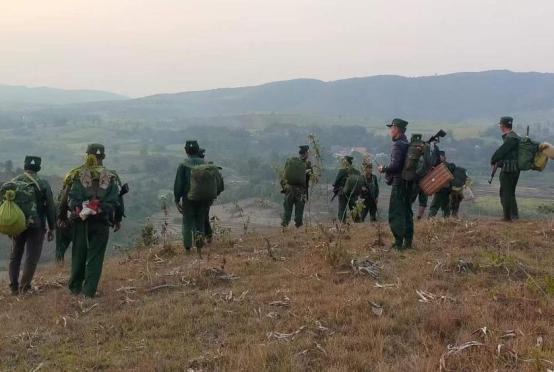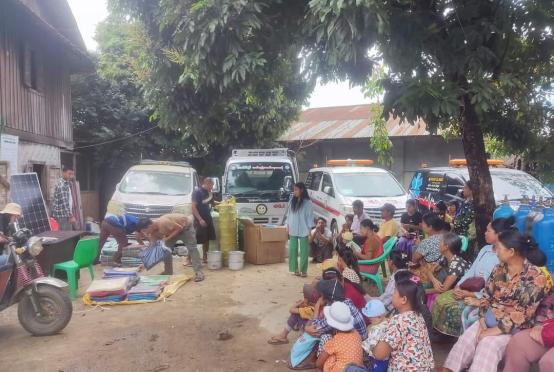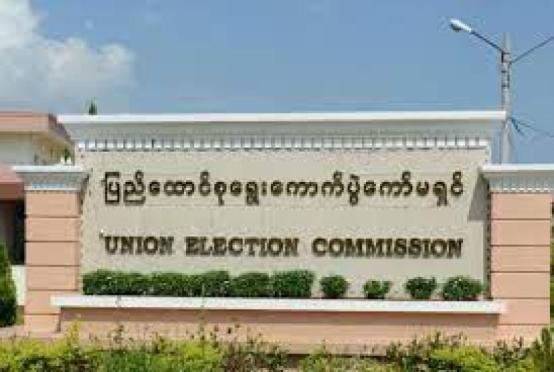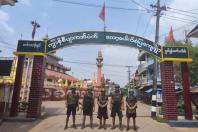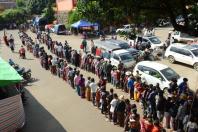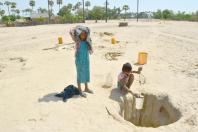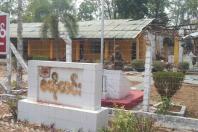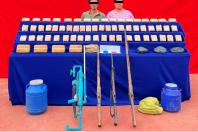Easy access to psychotropic substances is associated with high drug consumption and demand, according to the figures from narcotic drug treatment centers.
An official of narcotic drug treatment center said: “According to the number of registered patients and drug use records between 1974 and 2017, there were 60,716 heroin addicts, 40,399 black opium users, 3,205 stimulant tablet users, 306 anti-anxiety drugs patients, 752 Marijuana addicts and 5,462 other drug users. In 2018, 10,849 drug addicts received treatment at the centers.”
The narcotic drug treatment centers are opened in Yangon Region, Kyaukse and Meiktila Townships in Mandalay Region, Pathein and Hinthada in Ayeyawady Region, Bago, Pyay and Taungoo Townships in Bago Region, Magway and Pakokku Townships in Magway Region, Myeik and Dawei Townships in Taninthayi Region, Myitkyina and Bhamo Townships in Kachin State, Loikaw Township in Kayah State, Hpa-An Township in Kayin State, Haka Township in Chin State, Sittwe in Rakhine State and Lashio Township in Shan State (North), Taunggyi and Loilem in Shan State (South) and Kengtung Township in Shan State (East).
According to the UNODC’s report 2018, the poppy plantation area declined from 41,000 hectares in 2017 to 36,100 hectares in 2018 in Shan and Kachin States, which are the major opium-growing areas.
Last year, Myanmar had 37,300 hectares of poppy plantations. All poppy growing areas saw a significant decline with a seven-per-cent decline in Shan State (North), eight-per-cent in Shan State (East), 17-per-cent in Shan State (South) and 15-per-cent in Kachin State. Since 2014, the poppy growing acres have been declining. There were around 1,200 hectares of poppy plantations in Chin and Kayah States, according to the survey.
Due to the geographical location, Myanmar faces drug problem as well as the problems like poppy growing, opium and stimulant tablet production and drug abuse in underdeveloped regions.
The government has opened 26 big narcotic drug treatment centers and 47 small centers nationwide. In addition, 51 methadone treatment centers are opened in the townships with many drug addicts.

